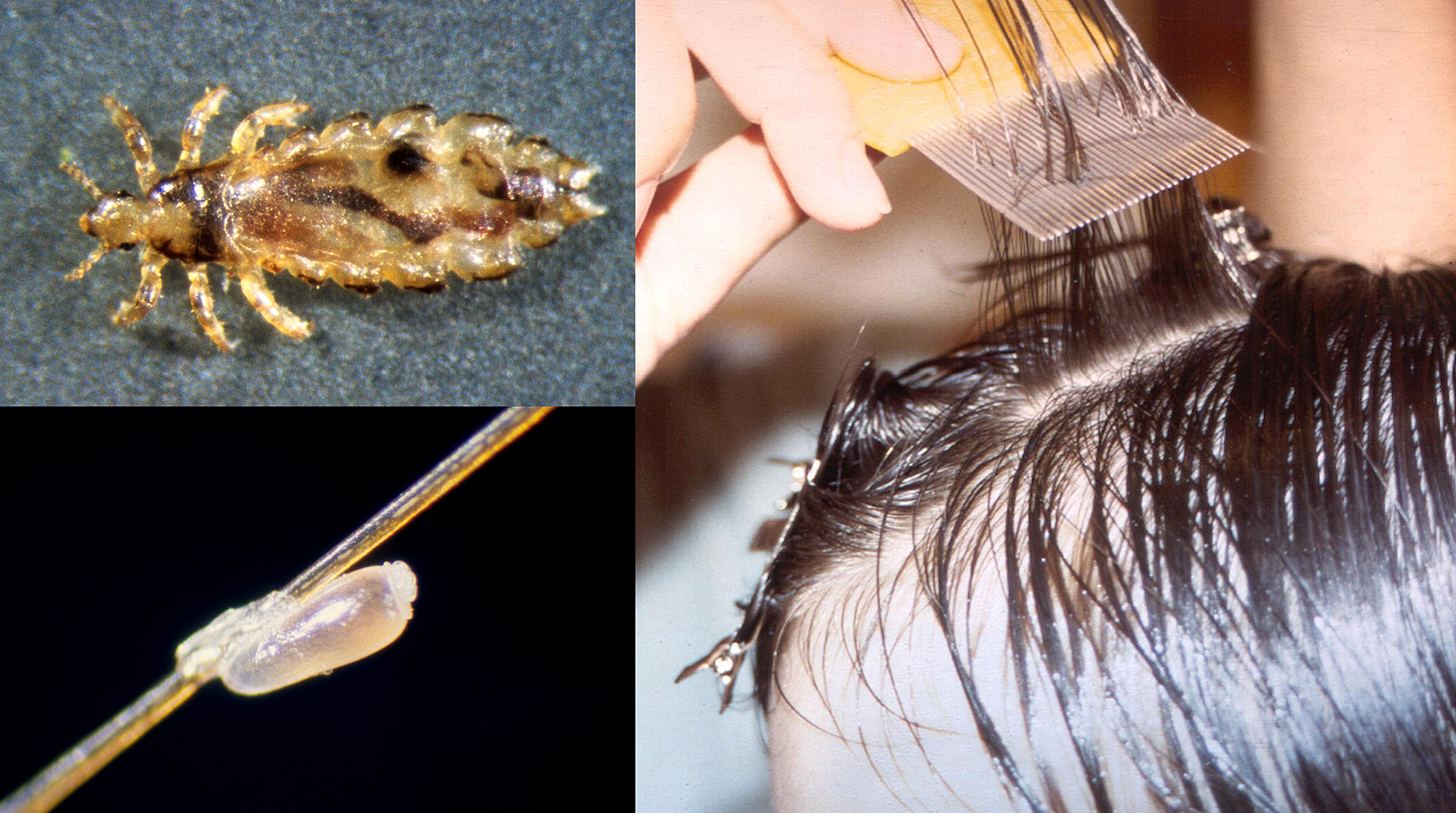
By Kait Chapman, Extension Educator in Lancaster County
The return to school is just around the corner and one concern about students getting back together with their peers is the transmission of head lice. But did you know that head lice are rarely transmitted in schools? In fact, children are more likely to get head lice from their close friends, cousins, siblings and other relatives. Here, we’ll breakdown the Myths & Facts of head lice and what to do if you or your child has them.
Myth: Head lice carry disease.
Fact: They do not spread disease.
Myth: Head lice prefer unwashed, dirty hair.
Fact: Personal hygiene or cleanliness has nothing to do with getting head lice.
Myth: Head lice are just a nuisance.
Fact: Head lice feed on human blood and should be managed immediately.
Myth: Head lice can breed on pets or inanimate objects.
Fact: Head lice only breed on human heads.
Myth: Head lice can stay on an object for many days.
Fact: There is a low-risk of getting head lice from objects that haven’t been used for more than 48 hours.
Myth: I can use a preventative treatment for head lice.
Fact: There are no scientifically proven preventative treatments to protect one’s scalp from head lice.
CHECKING FOR HEAD LICE
To check to see if you or your child has head lice, use a bright light and a magnifying glass. Start by combing hair close to the scalp and inspect for live adults or their eggs, called nits, which are glued to single hairs.
TREATING FOR HEAD LICE
Removal of head lice can be done professionally at a business that specializes in lice removal, or at home with a lice-killing product (pediculicide) available over-the-counter or by prescription. Pyrethrin- and permethrin-based over-the-counter insecticides in the form of lice “shampoo” or lotion are both good options for killing lice with little risk to the user.
One should always follow the directions and safety guidelines on the product label. Properly following directions not only keeps the user safe, but it also lowers the risk of developing “super” lice or lice that are resistant to conventional insecticides and difficult to kill.
After applying an insecticide, thoroughly comb through wet hair with a fine nit comb. This will need to be repeated several times over two weeks to completely remove lice.
The use of household or “natural” products such as mayonnaise or essential oils to kill lice are not recommended. While some essential oils have been shown to be effective, more research is needed on their safety as a head lice treatment. Check with your child’s school district to learn what their policy on head lice is.
OBJECTS AT HOME
Objects like pillow cases, blankets, brushes, combs and hair ties can be washed and dried in hot temperatures greater than 130°F to kill lice and nits. Other items like upholstery and carpet that cannot be washed, can be vacuumed with the contents immediately discarded and the canister washed. Insecticidal sprays for lice in the home are unnecessary and not recommended.
Common objects that transmit head lice:
• Hats
• Pillows
• Costumes
• Headphones
• Blankets
• Clothes
• Rugs